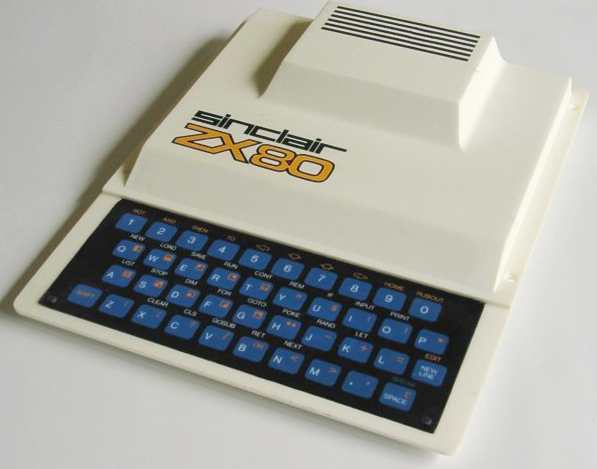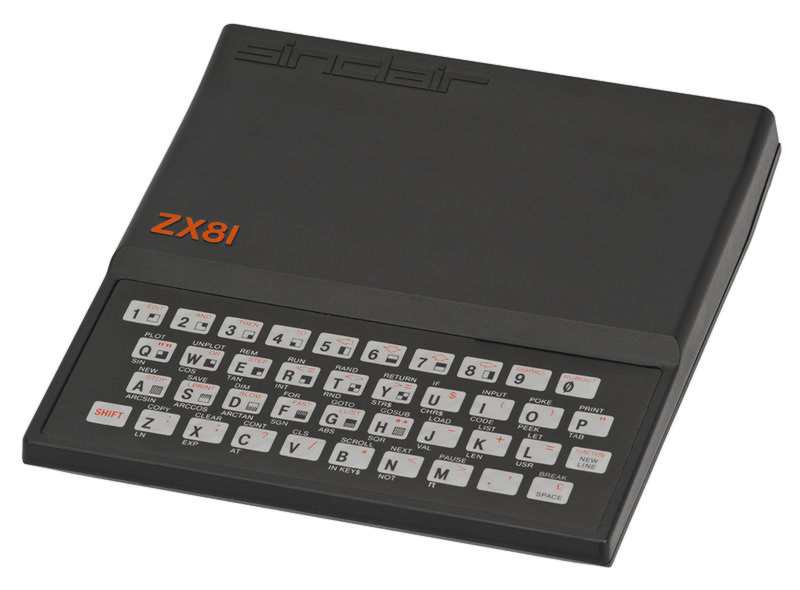| UK Micros of the 1980s |
| Written by Historian | ||||
Page 1 of 3 Something special happened in the UK at the start of the 1980s and it altered the face of computing as we know it. You may be of the opinion that all that ever happened in the past was Apple and IBM, but not so. In the UK there was an explosion of machines unlike any other before or since. To mark the 40th anniversary of the ZX-81 we look again at these remarkable micros.
To put things in context the original retail price of the Apple II was US$1,298 (with 4 KB of RAM) and US$2,638 (with the maximum 48 KB of RAM). The price in pounds wasn't a much smaller figure and to allow for inflation think of it costing around £5,000 in today's money. The price tag for a PET in the UK was around £600 and the Tandy TRS-80 £500 and the UK market was really looking for something that cost at most £200/$300 and preferably less than £100/$150 for an entry level machine. This resulted in the single-board "naked" PC style of machine, such as the NASCOM, being very popular. This was fine as long as you were interested in electronics, or at least not frightened by it, but there was no real prospect of this sort of machine being acceptable to the mass market. The point is that while there were machines suitable for home use, the home buyer had no real confidence that they should buy a computer and £500 plus was a lot to risk on the chance that it might be useful or fun.
ZX80All of this changed very suddenly in the February of 1980 when the Sinclair ZX80 burst onto the market. This was something quite new and different. Science of Cambridge, which is what Clive Sinclair's computer company was initially called, had already produced a low cost microprocessor trainer called the MK14 but the ZX80 was a real computer - it had a case!
The ZX-80 As well as having a case, It came complete with a full keyboard, used a TV as a monitor and you could have it all for £79.95 (about £300/$420 in today's money) . Of course it wasn't quite as good as this makes it sound. In particular, if you bought it at this price you had to put your ZX80 together from a kit. A fully finished machine cost £99.95 which was still very reasonable (£385/$550 in today's money). The low price was achieved by making it's Z80 processor do more or less everything. It was the keyboard controller, video generator and tape interface. This made it cheap but it had its drawbacks. For example the video display vanished whenever the processor had something else to do - which included hitting a key which made the screen flash. It also only had a non-standard integer-only Basic. But it all did work and in a very small, self-contained package. It started the move towards self contained small computers that were suitable for home use even if you didn't know anything about electronics. Acorn Atom
At about the same time as the ZX80, Acorn, who also already had a simple 6502 module system, announced the Acorn Atom. This was a complete machine but nowhere near as innovative as the ZX80. The Atom used a 6502 processor and, like the ZX80, only used integer Basic but it was expandable. It may have been more like a traditional machine but it cost £120 as a kit and £150 built, which made a lot of people think twice about it. Of course its design lead on to the BBC Micro.
|
||||
| Last Updated ( Thursday, 11 March 2021 ) |



